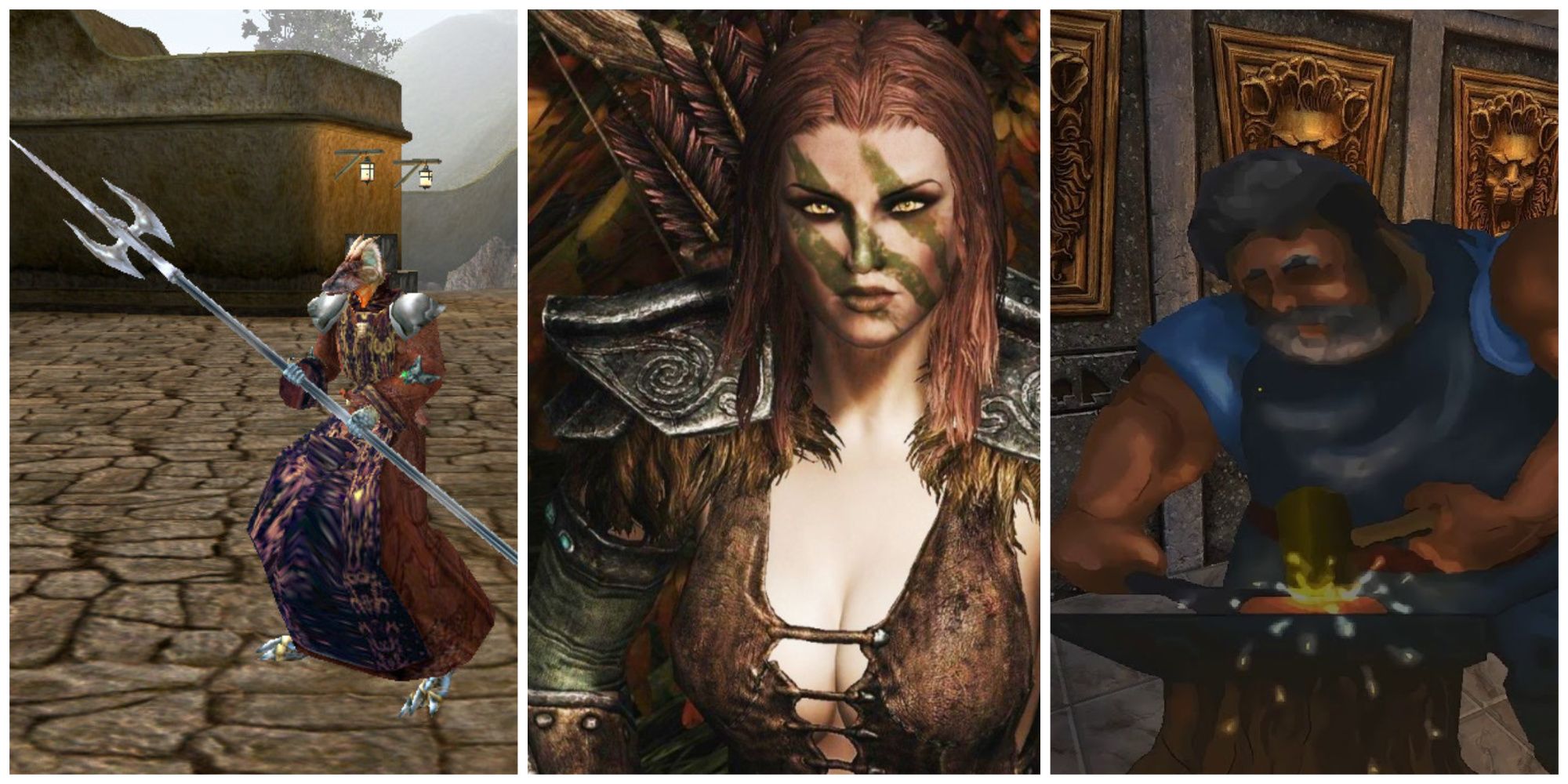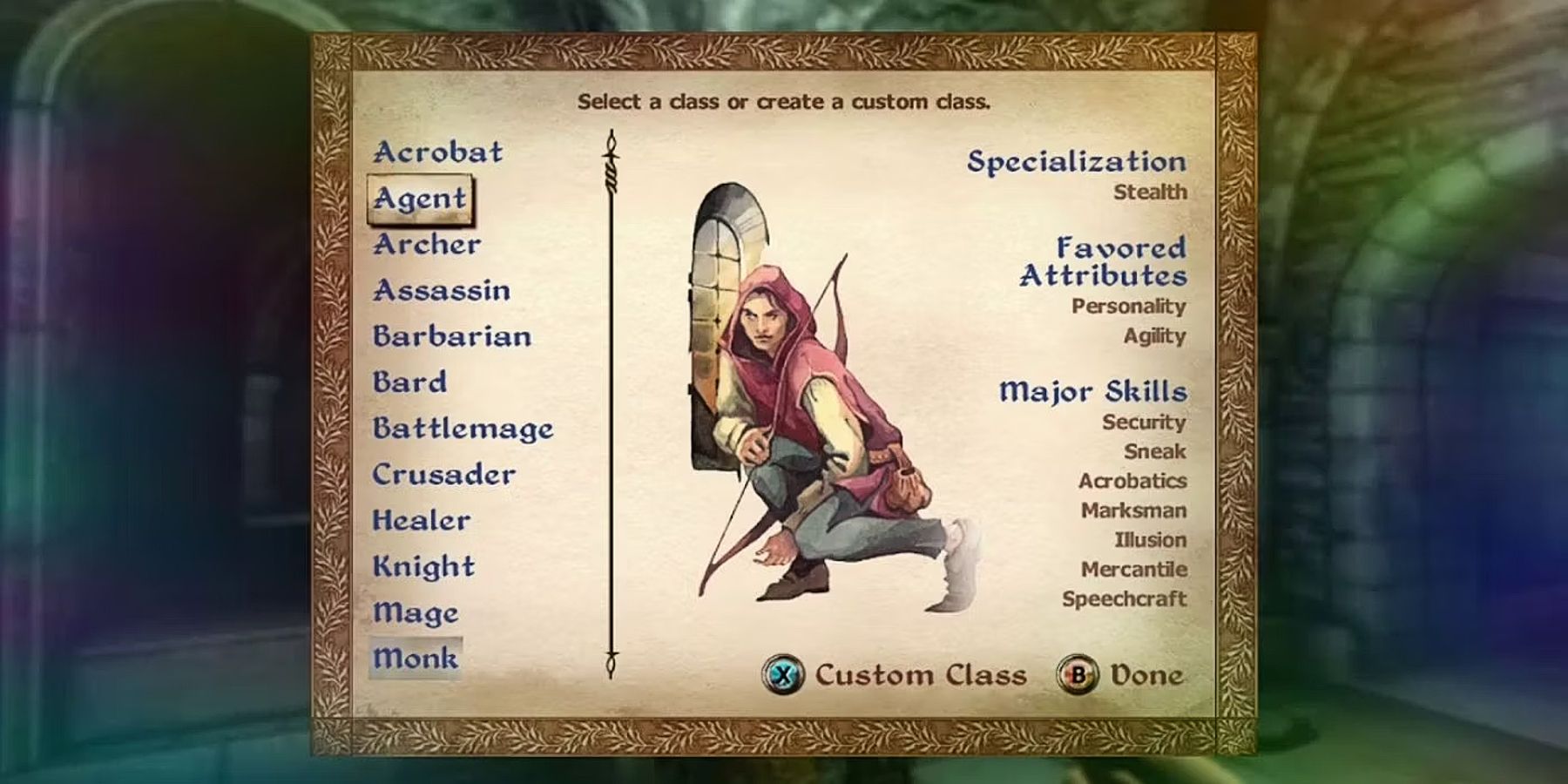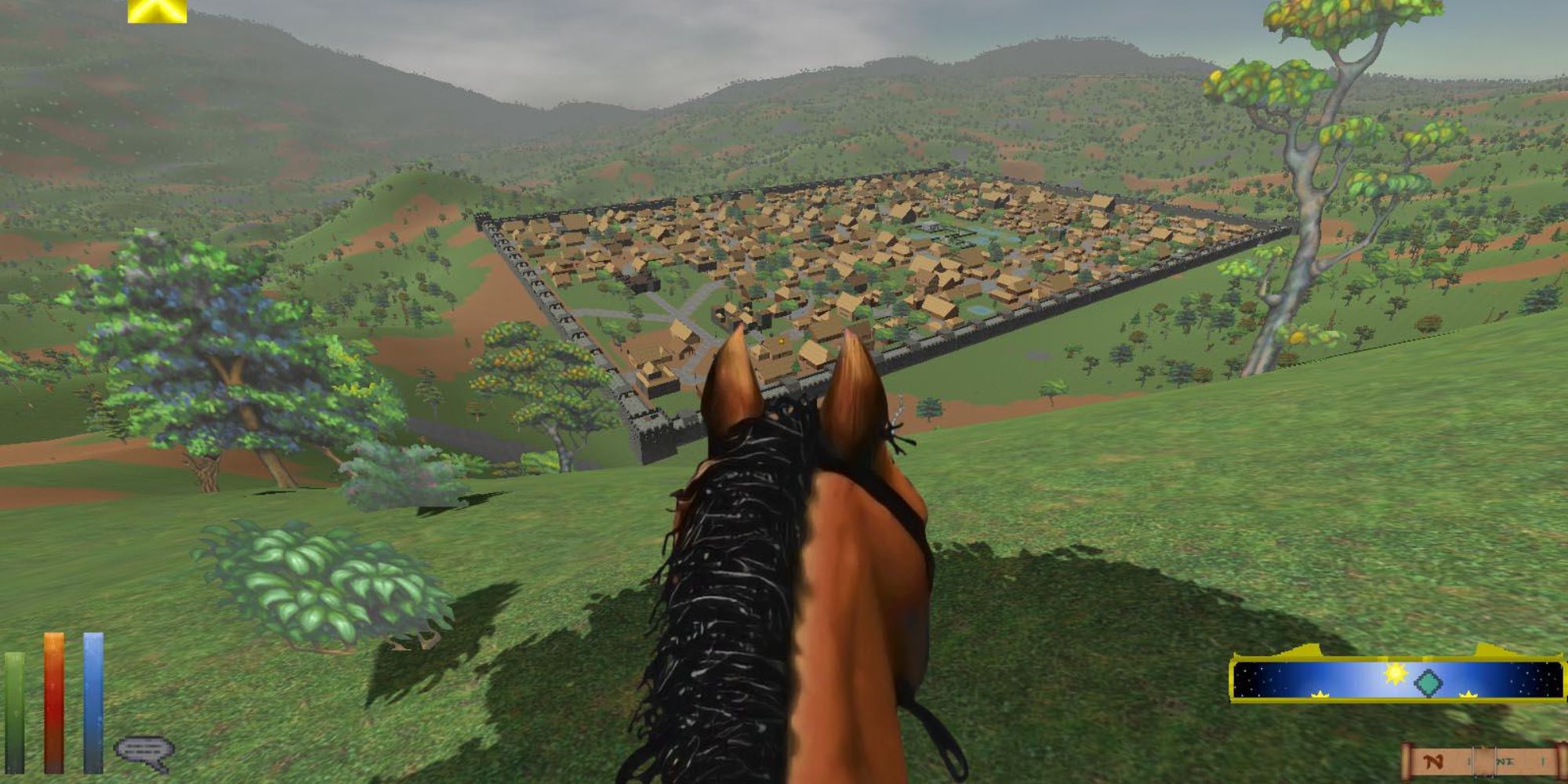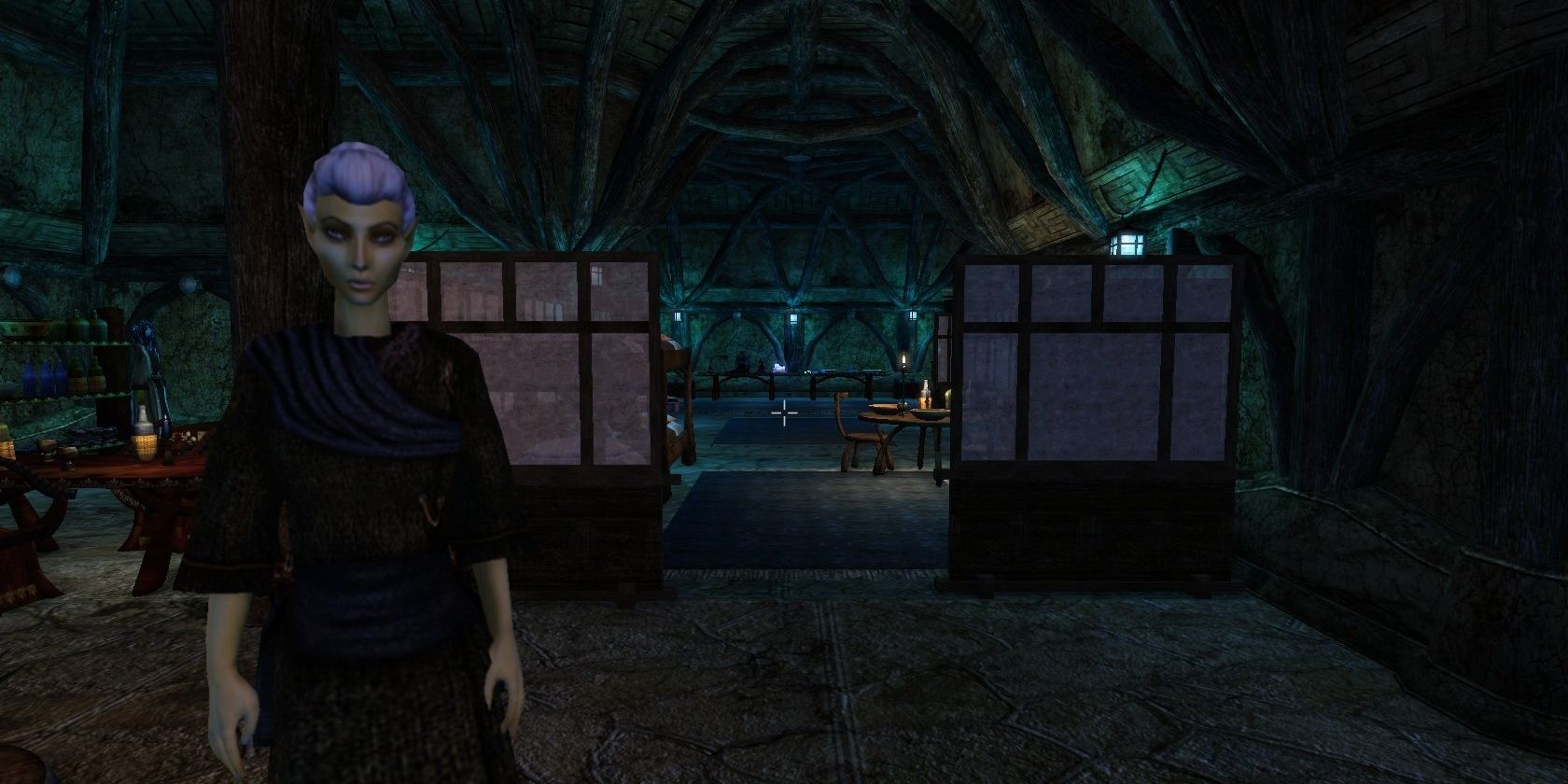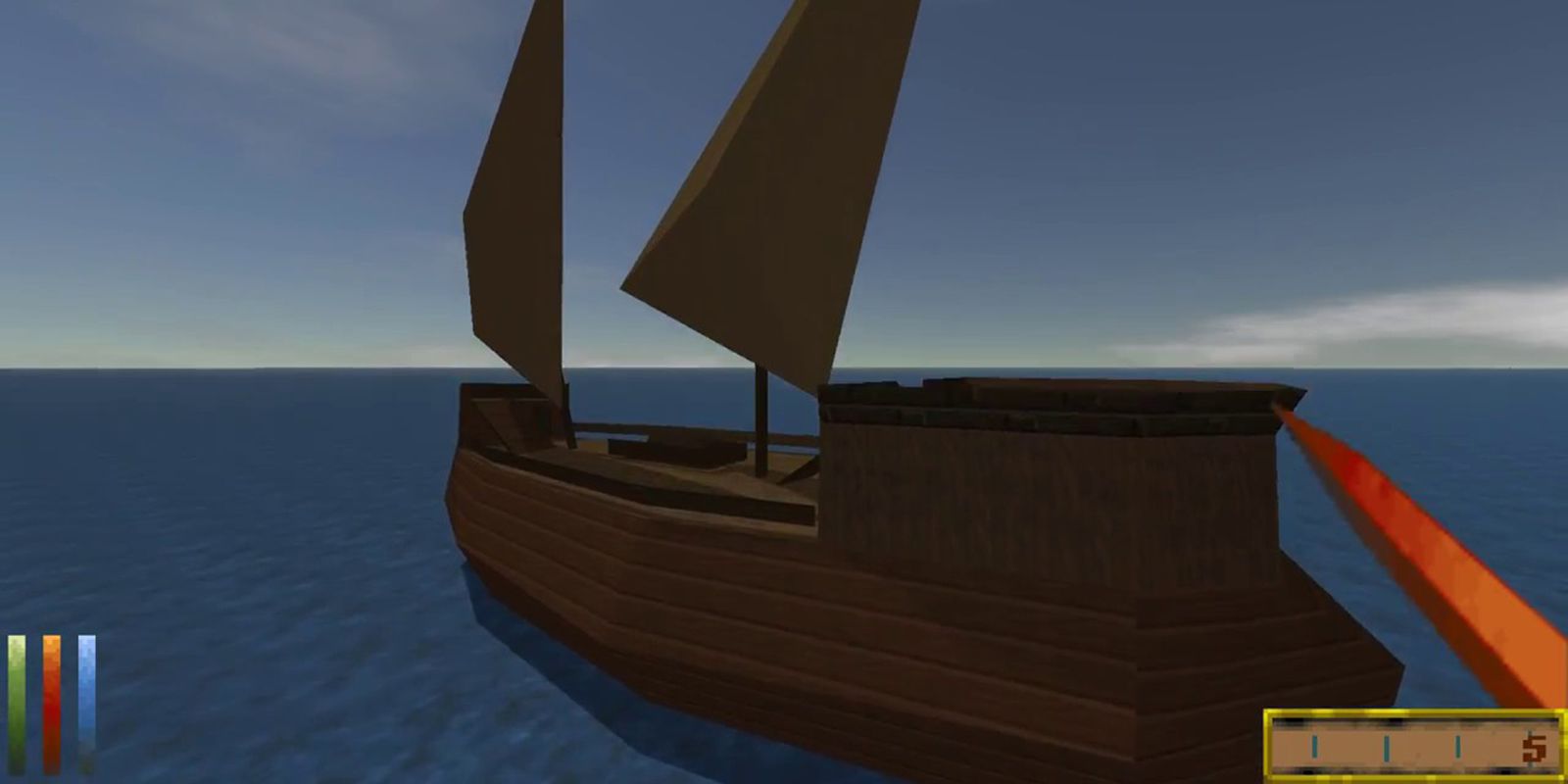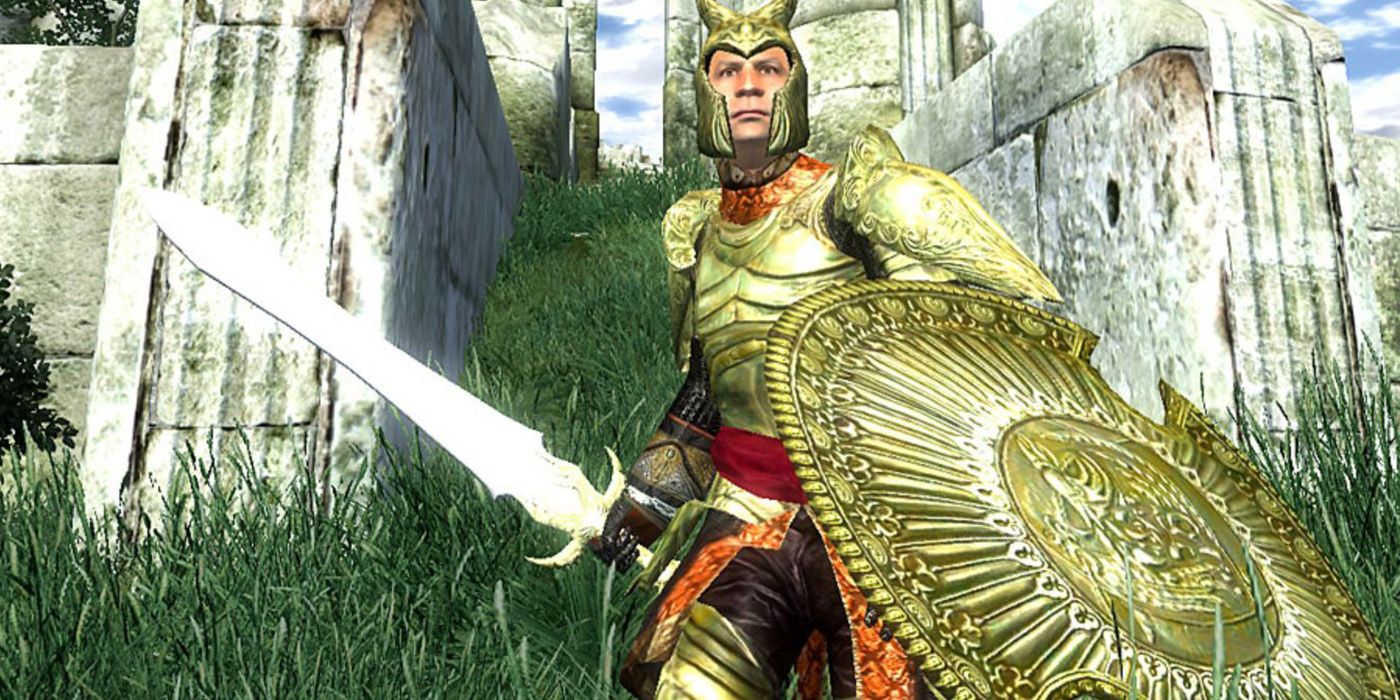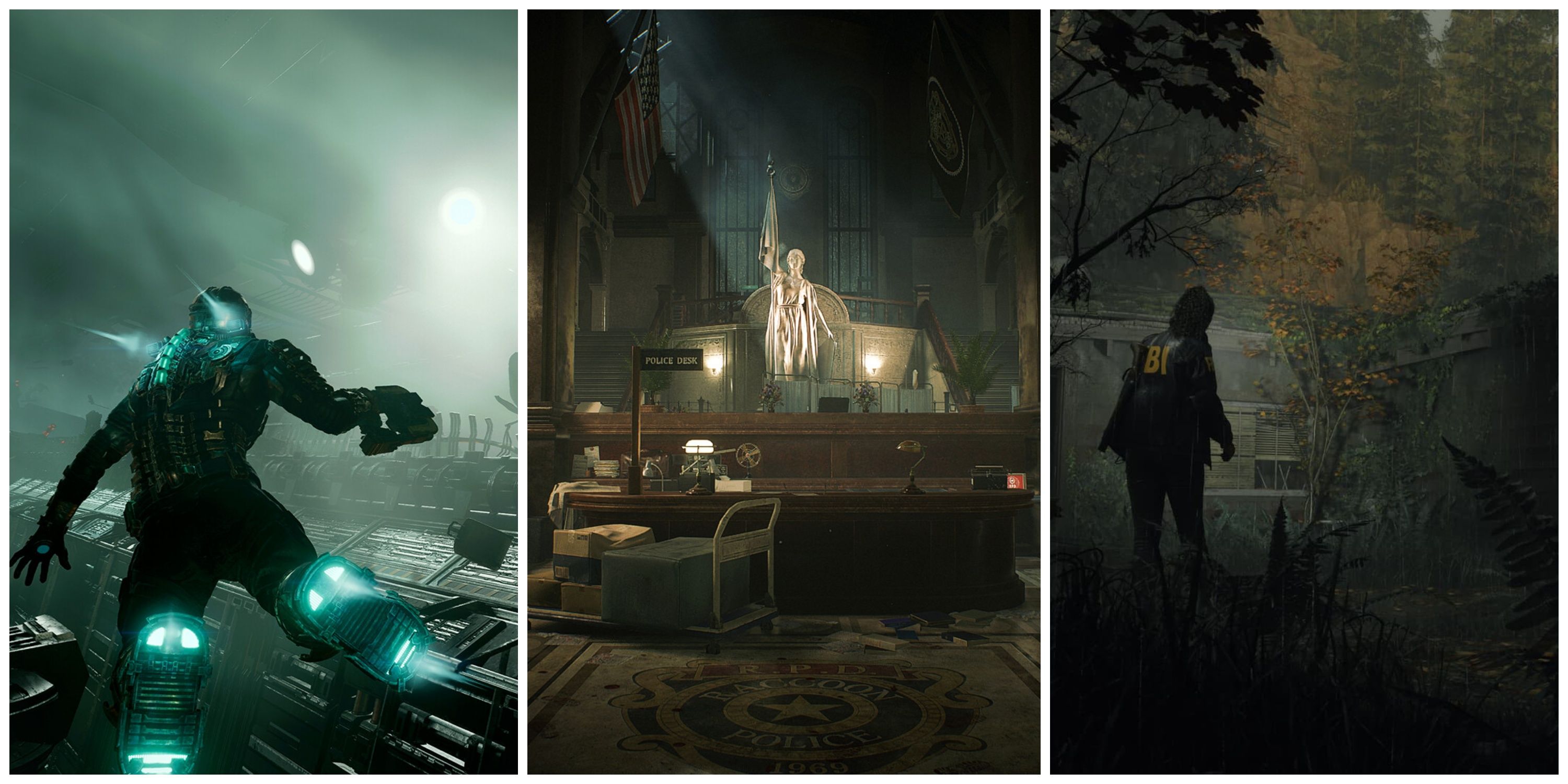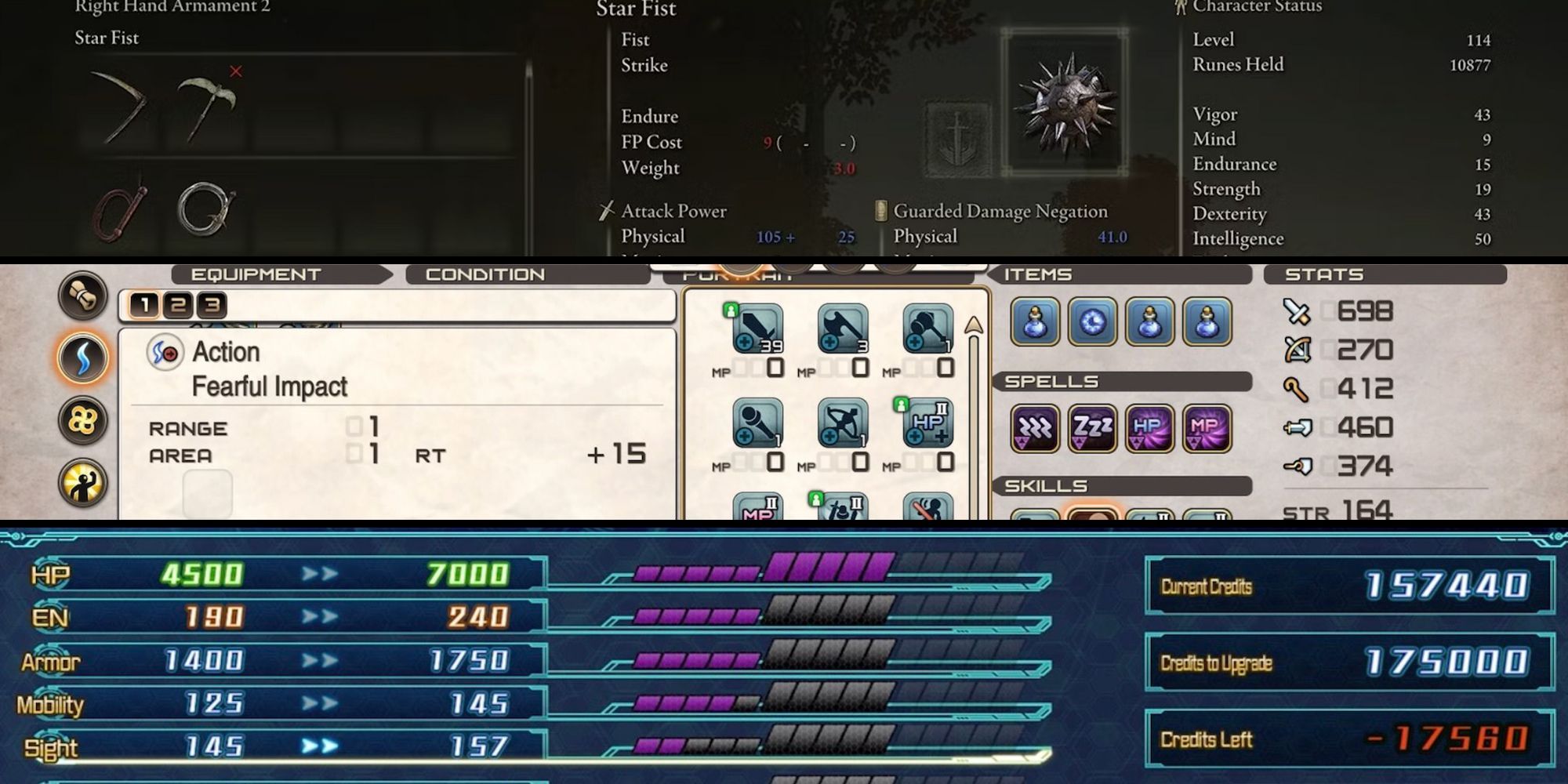Highlights
- Skills like Acrobatics, Athletics, and Unarmed were removed in Skyrim, but players can still use Heavy Armor and metal boxing gloves to fight.
- Attributes were replaced by Perk trees in Skyrim, allowing players to grow their character as they play and avoiding the need for min/maxing skills.
- The Elder Scrolls 2: Daggerfall had time limitations and holiday events, but this feature was removed in later games, reducing realism in Tamriel.
Over the years, for almost as long as video games have had graphics and mouse support, Bethesda has been technologically expanding The Elder Scrolls in various ways with each entry, from the graphics and world size to voice acting and artificial intelligence. While long-time players might have their criticisms about the direction of these changes, most can agree that each game demonstrates improvements from the last.
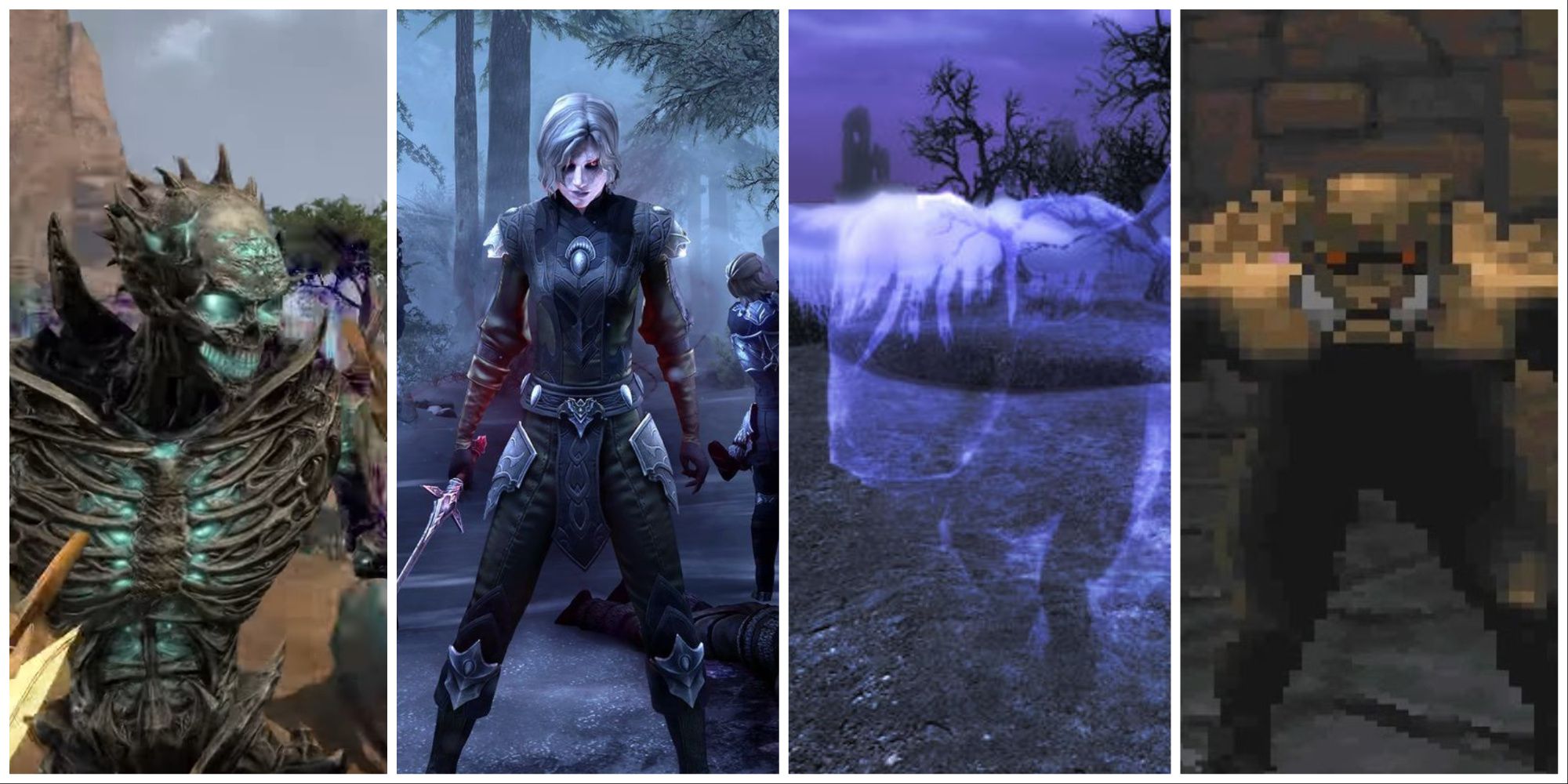
The Elder Scrolls: Every Supernatural Transformation In The Series, Ranked
The Elder Scrolls franchise features a variety of supernatural transformations for players to witness. Here’s how they stack up.
Todd Howard has frequently gone on record as saying that while many Elder Scrolls players might expect the games to include more mechanics, skills, or features, he tends to champion streamlining over system saturation. With that being said, a lot of interesting mechanics and features have been streamlined away over the years and decades, some that many fans may not remember.
6 Skills
Only The Most Skilled Adventurers Overcome Tamriel’s Perils (Or Do They?)
Skyrim
- Released
- November 11, 2011
- Many traversal skills were culled between games
- Hand-to-hand, an archetypal skill in RPGs, disappeared in Skyrim
Perhaps the most obvious change seen between the games (because the player is usually presented with a character creation screen within the first five minutes) is Skills. Acrobatics, Athletics, and Unarmed were done away with in Skyrim, although there is still a somewhat viable way for players to beat enemies with fisticuffs, providing their Heavy Armor skill is high enough, and they can pick up the requisite metal boxing gloves. Also erased, as if by mystical magic, was the school of Mysticism, with many of its functionalities rolled into Conjuration.
Between Morrowind and Oblivion, two armor types (Medium and Unarmored) were removed, weapon types were cut and merged, and the long-mourned Spears skill (as well as spears themselves) was taken away. The biggest loss occurred between Daggerfall and Morrowind, but mostly due to the huge variety of language skills (including Impish, Giantish, and Streetwise). Climbing, too, was lost, which in Skyrim may have come in handy, considering the amount of mountaineering the player’s horse is expected to do when traveling from Whiterun to Riften.
5 Classes, Attributes, & Birth Signs
Seeing The End Of The Class System
- Bethesda saw fit to tear down Birth-right advantage and the Class system
- Rather than have to choose their playstyle from the start, players were free to experiment
- Attributes were largely removed and replaced with a Perk system
A huge difference from Skyrim and all the previous games in the series is the removal of Attributes, whose functionality was mostly replaced by Perk trees. Players no longer had to make choices about their character’s future without briefly consulting a wiki (if one existed at the time) and could instead grow their avatar as they played. Also removed is the unintentional expectation for the player to grind the right skills to min/max their character for the optimum character build.
While this learn-by-doing character development style made it easier for players to jump in and play and eased the tension between the traditional pen & paper and action RPG gameplay mechanics, some players felt as though the “be anyone” approach made their characters feel like too much of a blank slate, especially as the hard-wired Birth Sign bonus was replaced by a swappable Standing Stone buff which can be changed by simply making the trip to another part of the map.
4 Time & Holidays
Everyone Needs Some Time Off Once In A While
- Daggerfall introduced several meaningful holiday events
- Some quests were time-limited, the player could occasionally arrive too late to finish them
It wouldn’t be too much of a stretch to describe The Elder Scrolls 2: Daggerfall as an ambitious stab at creating the first fully immersive fantasy life simulator. Along with towns, villagers, and landmarks, the team also saw fit to implement that intangible force guiding the lives of every real human on the planet: time. Not just a day and night cycle, but a calendar that the citizens of High Rock and beyond adhere to strictly.

The Elder Scrolls 4: Oblivion – 10 Quests Where You Have To Ruin Everything To Succeed
Ruining everything – whatever your intentions are – is indeed what can be done in many of Oblivion’s quests.
This meant that the player could turn up too late to beat a quest or could partake in a holiday-specific festival or remembrance event. Daedra had to be summoned at a particular time as well. Any player who hates having to adhere to time limitations may be glad to see this feature go from The Elder Scrolls 3 onward, but the loss of special days does diminish a small sense of realism in Tamriel.
3 Factions & Rivals
They’re Either In Or They’re Out
- Certain factions in Tamriel held grudges, which made joining them all nearly impossible
- Guilds gatekept progression behind the player’s competency (i.e., their skill levels)
The series’ “do anything, be anyone” design philosophy wasn’t just limited to skills or exploration in Skyrim, as the player is free to approach any guild or faction and can reasonably expect to become its leader within about two hours of questing. Being friends (or assuming control) with every faction began in Oblivion but wasn’t possible in Morrowind or Daggerfall. In fact, certain factions hated one another, and joining one group would draw ire from another (for example, joining the Thieves’ Guild would create problems for a player trying to advance in the Fighter’s Guild).
Besides Dawnguard and Castle Volkihar and the Imperial and Stormcloak factions, the player is free to jump between each of Skyrim‘s joinable factions without issue. Additionally, in Morrowind, faction progression was linked to a player’s skill level, meaning that the player would have to demonstrate their abilities to advance. In Oblivion, it is possible to be the head of the Mages’ Guild without ever casting a single spell (one quest requires spellcasting, but it can be done without the required skills, thanks to some conveniently placed magic scrolls).
2 Transportation, Storage & Chest Bashing
Not Sworn To Carry Those Burdens
- In Daggerfall, players were able to load their loot into horse-driven carts or boats
- Doors and chests didn’t have to be lockpicked, but could be smashed open by bashing
Overencumbrance tends to be a recurring problem for every loot-hoarding Elder Scrolls player, making homeownership a must thanks to the many storage containers within (either that or Lydia gets saddled with the burden). However, in Daggerfall, players can buy themselves a horse-drawn cart that removes the need for a home or a humanoid pack mule.
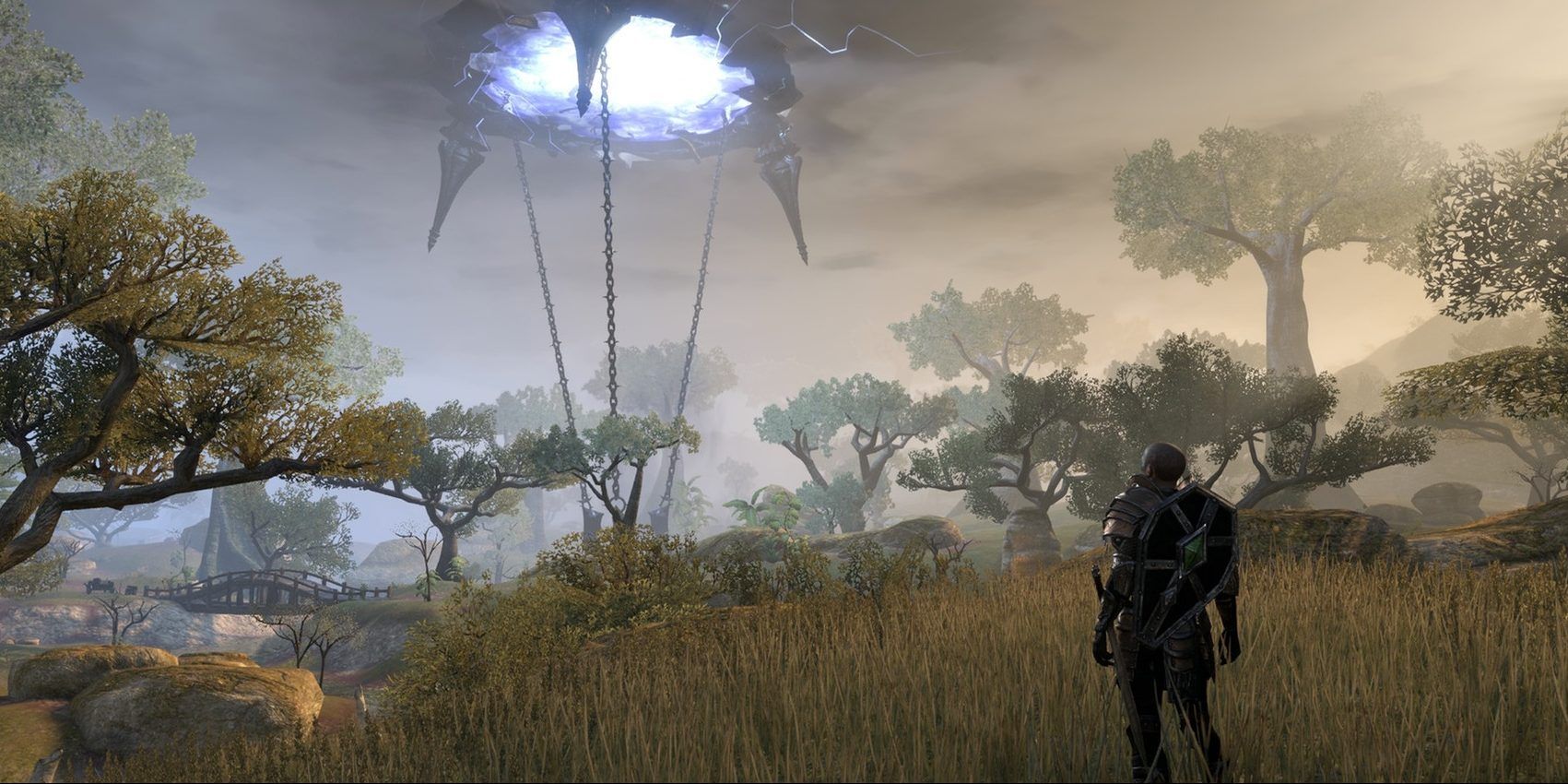
Every Elder Scrolls Game Ranked By Map Size
The Elder Scrolls series is known for its breathtaking open worlds that players can lose themselves in. We rank each one by map size!
With enough gold, or thanks to a hefty loan from one of the many banks, players can finance the building of their very own sailable ship, which they can fill with plunder and use to sail away to another part of the province, or to another kingdom, never to return to make their repayment. Players still need to take care of their possessions on their journeys, be it by land or sea, as locked chests and doors can be bashed in with heavy strikes, a loud and attention-drawing alternative to picking a lock.
1 Armor & Weapons
Trading Chest Pieces And Greaves For Onesies
- Armor went from being highly customizable (but scattered) to one-piece and convenient
- Players could dress their characters exactly as they wished, from layered clothing to nothing but their birthday suit
Although katanas, sabers, and claymores could all arguably be considered “swords,” a few more distinct weapon types have been lost since The Elder Scrolls 2 and The Elder Scrolls 3, including flails, spears, and throwing stars. Crossbows disappeared in Oblivion but reappeared in Skyrim‘s Dawnguard expansion. Armor, too, saw a culling. In Daggerfall and Morrowind, there were eight slots for armor: head, chest, legs, feet, left and right shoulder, and gloves. Morrowind allowed players to wear certain clothes (such as robes) over their armor.
By the time Oblivion arrived, Bethesda had combined glove pairs (as boots had been in previous games) and removed shoulders and belts. They went further in Skyrim and merged chest and legs. At the rate that armor slots are shrinking, there may only be tops and bottoms by the time The Elder Scrolls 6 releases, or perhaps only one slot for every piece. One old feature that probably won’t see a return any time soon is nudity, which could be employed in Daggerfall if the player completely disrobed their character.
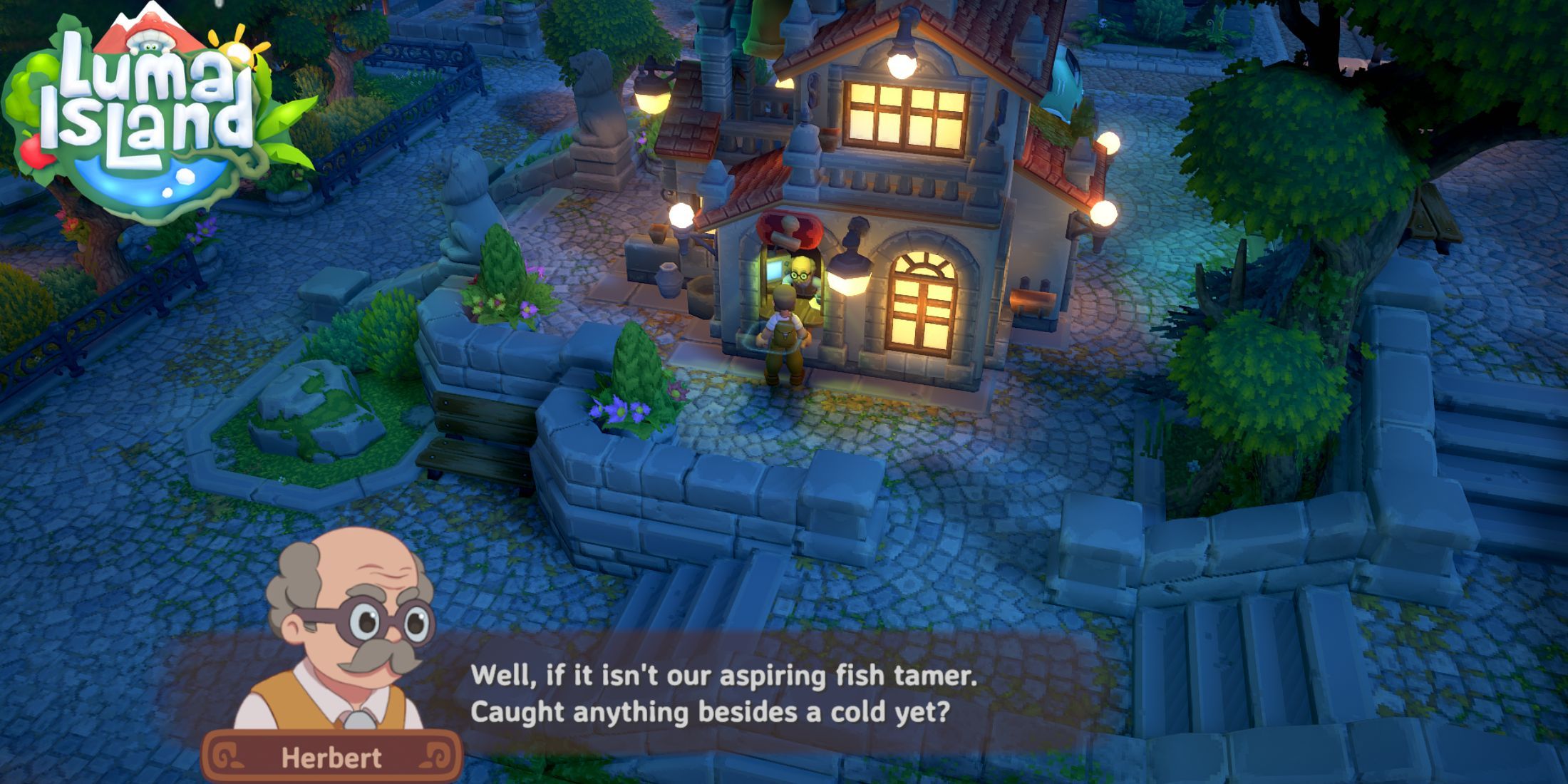
/cdn.vox-cdn.com/uploads/chorus_asset/file/25429565/Rabbit_R1_Settings.JPG)
